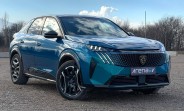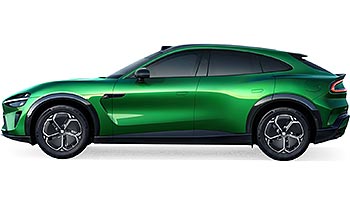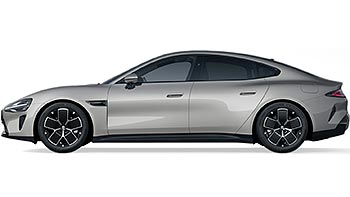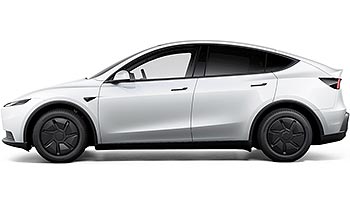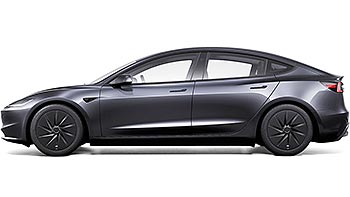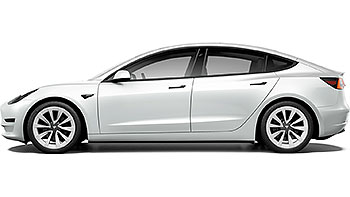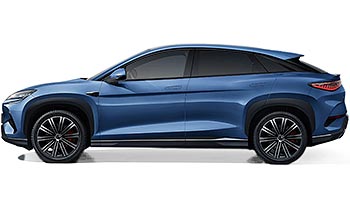Tesla's Robotaxi mocked by former Waymo CEO
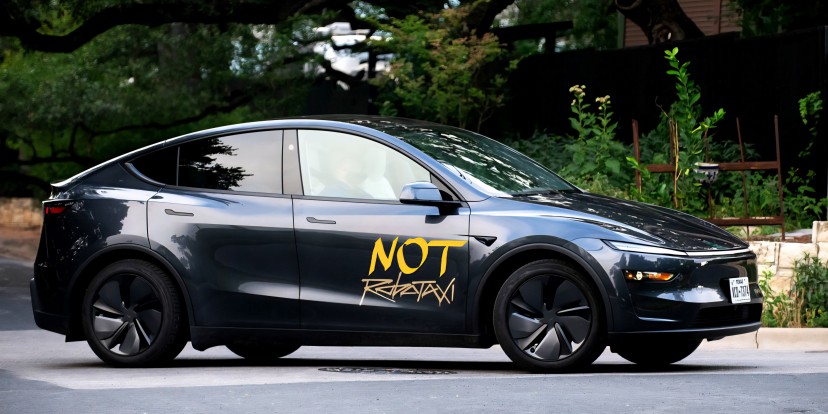
Tesla has launched a ride-hailing service in the San Francisco Bay Area, calling it "Robotaxi," but a key figure in the world of autonomous vehicles is just as unconvinced as we are. John Krafcik, the former CEO of Waymo, suggests that Tesla's offering is not the breakthrough in self-driving electric cars that its name implies. His main point is simple: if there is an employee sitting in the car, it is not a robotaxi.
Krafcik, who led Google's self-driving car project as it grew into the commercial entity Waymo from 2015 to 2021, offered a sharp critique of Tesla's new venture. When asked for his thoughts on the launch, he delivered a dose of sarcasm. "If they were striving to re-create today's Bay Area Uber experience," Krafcik said, "looks like they've absolutely nailed it."
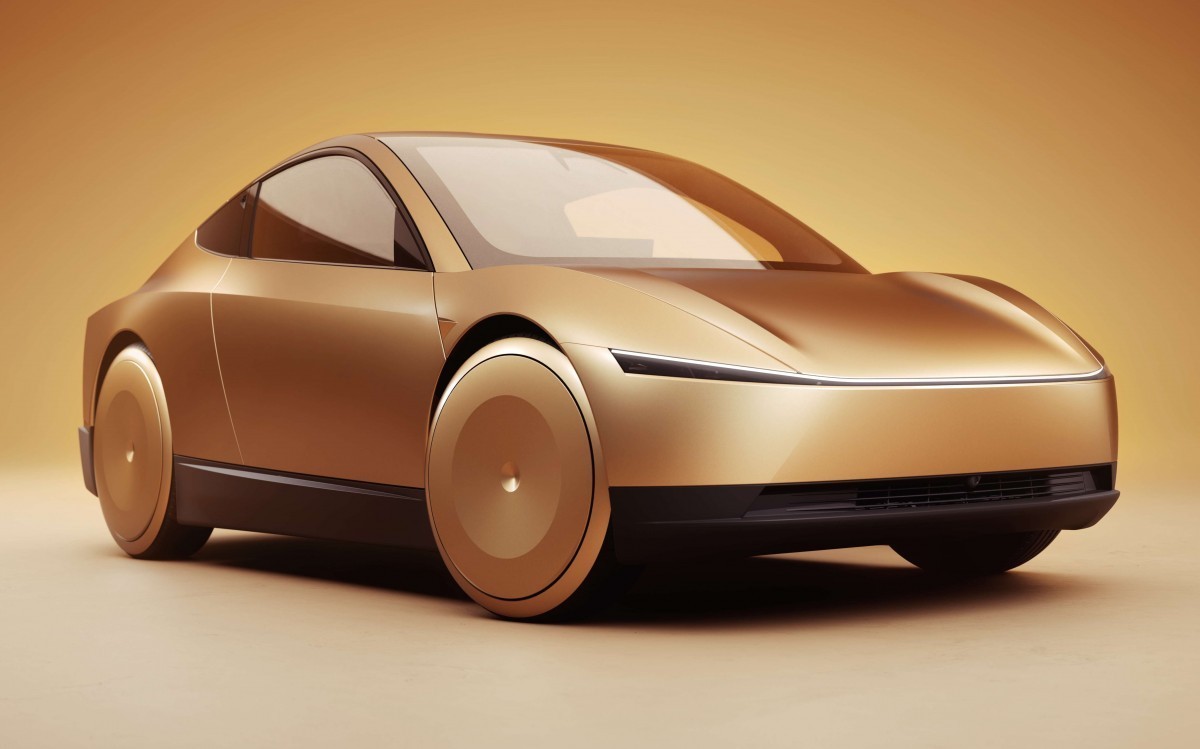
The new Tesla service, which is currently available by invitation only, uses the company's electric cars to ferry passengers around. However, a human "safety monitor" is required to sit behind the steering wheel. The reason for this is regulatory. Tesla has not yet applied for or received the necessary permits from the California Department of Motor Vehicles (DMV) to test or operate fully driverless vehicles in the state.
In Austin, Texas, where the rules are different, the safety monitor sits in the passenger seat, but a human employee is still present for the ride. For Krafcik, this detail is everything. "It's (rather obviously) not a robotaxi if there's an employee inside the car," he stated.
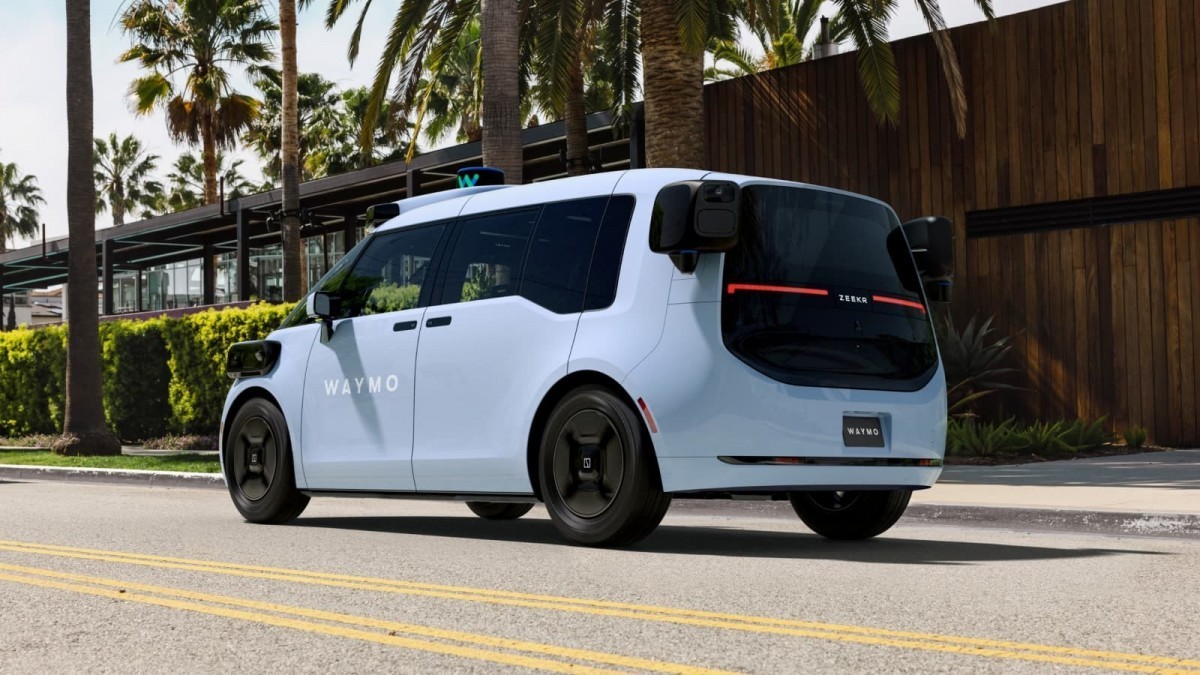
The debate centers on what truly defines an autonomous vehicle. The Society of Automotive Engineers (SAE) has established six levels of driving automation, from Level 0 (no automation) to Level 5 (full automation). A true robotaxi, one that requires no human intervention, would operate at Level 4 or Level 5.
At these levels, the car's systems are responsible for all driving tasks under specific conditions (Level 4) or all conditions (Level 5). Tesla has not yet secured a California permit for testing its EVs at Level 3 or above, which raises questions about the "Robotaxi" branding.
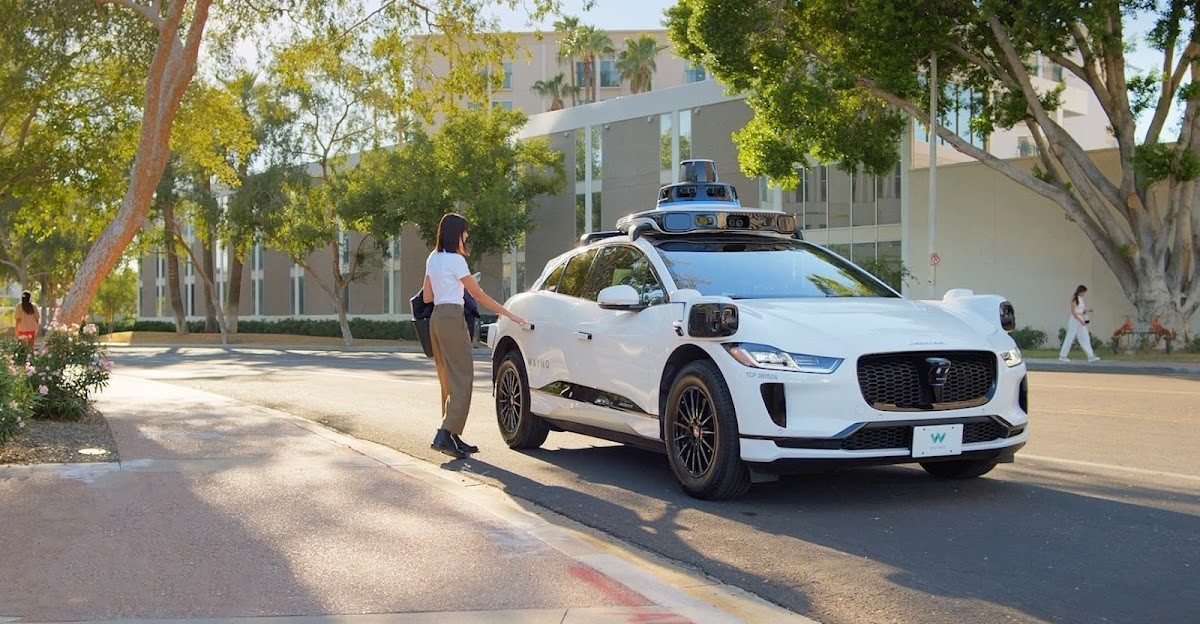
In defense of his position, Krafcik pointed to Waymo's own history. When Waymo launched its "early rider program" in Arizona back in 2017, it shared some similarities with Tesla's current rollout. The program was limited to a select group of people, and the vehicles had safety drivers, but a key difference was how it was presented to the public.
He said Waymo was careful not to call that service a "robotaxi" during its developmental phase with a human monitor. He believes the industry would be better served if Tesla followed a similar, more transparent approach.
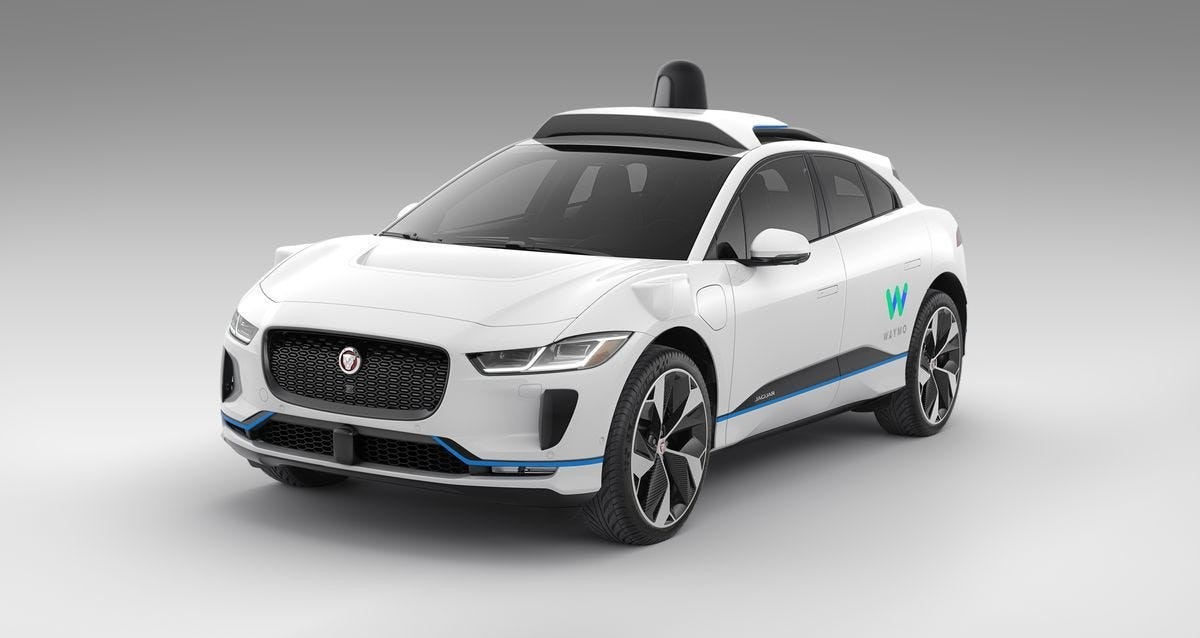
Waymo has been operating fully driverless paid rides in Phoenix since late 2020. The company has since expanded its operations to San Francisco, Los Angeles, and Austin, with a fleet of over 1,500 electric cars operating without anyone in the driver's seat.
Related
Reader comments
Another false promise of Elon Musk dismounted by a specialist in the field. Elon cannot pretend it is impossible as other company is doing it for several tears. Did you notice the increasing size of Pinocchio Musk's nose lately?
- 20 Aug 2025
- n1@






